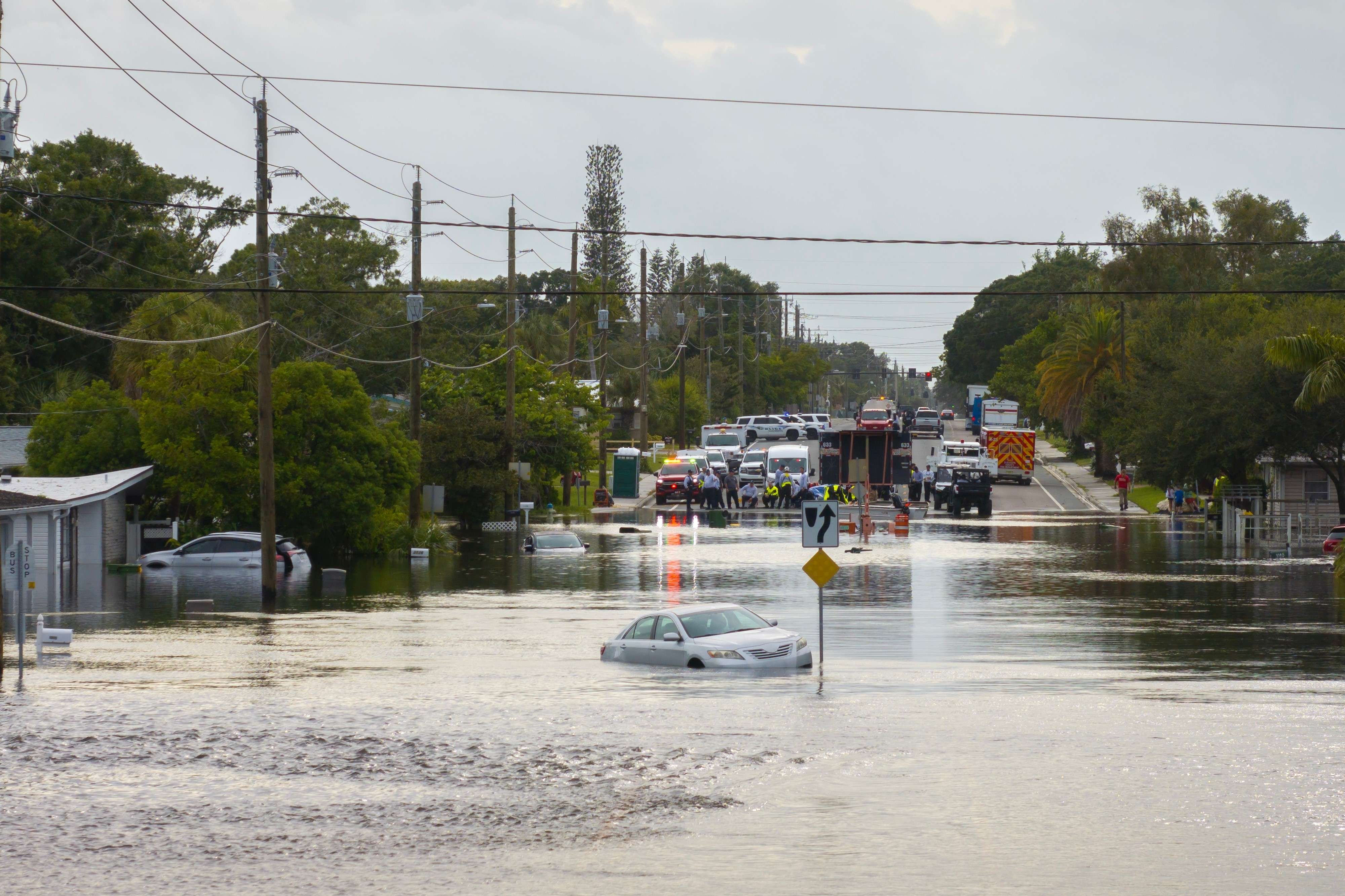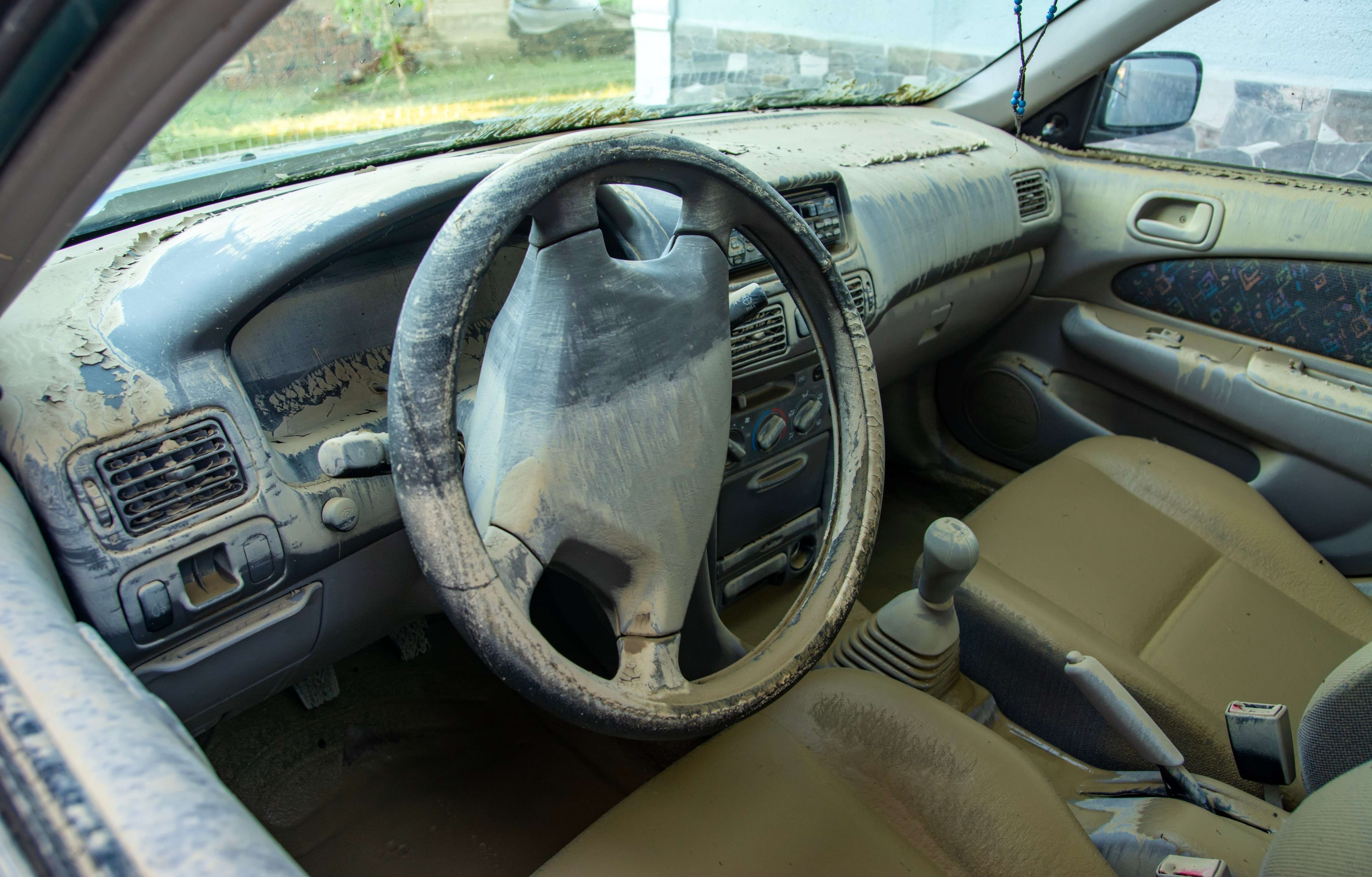
Record Flash Flood Warnings Prompt AAA Alert on Used Car Market
As of July 15, more than 3,000 flash flood warnings have been issued nationwide — the highest total on record for this time of year since the modern alert system began in the mid-1980s. The unprecedented number of warnings has left vehicles stranded in rising waters from coast to coast, and AAA is cautioning used car buyers to be on guard for flood-damaged vehicles that could surface on the market.
“Modern vehicles have much more technology on board than ever before,” said Shawn Steward, Public Affairs Manager for AAA Kansas. “There are wiring systems, sensors, and electronic modules running throughout our vehicles, including behind the bumpers and fenders. Water intrusion into those systems can cause serious, costly, and potentially unrepairable damage.”

Floodwaters can also damage engines and other mechanical components, repairs for which often exceed a vehicle’s value, leading insurance companies to declare them total losses. While many flood-damaged cars are given salvage or flood titles and recycled or scrapped, some are repaired just enough to resell — sometimes without disclosure of past damage.
AAA recommends several steps to avoid buying a flood-damaged vehicle
• Choose a reputable dealer
• Inspect upholstery, carpeting, and seatbelts for water stains, mud or mismatched fabric
• Check under carptes, inside the trunk, and behind panels for signs of dirt, sand, or mildew
• Test all electronics, including windows, seats, lights and air conditioning
• Look for rust around doors, hinges, and under the hood.
• Check for moisture inside headlights and taillights
• Verify the VIN through the National Insurance Crime bureau's free VINCheck tool and consider purchasing a CARFAX report
• Have the vehicle inspected by a trusted mechanic
Steward noted that it can take months or more than a year for flood-damaged cars to enter the used market. “Buyers should always thoroughly inspect vehicles before purchasing,” he said. “If a deal seems too good to be true, it often is.”





